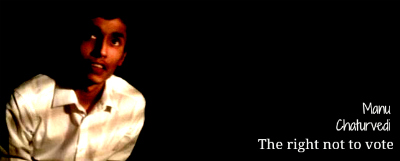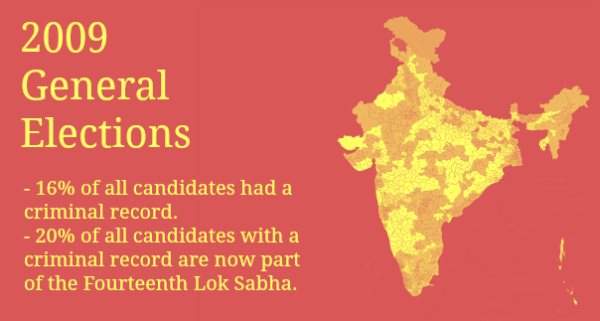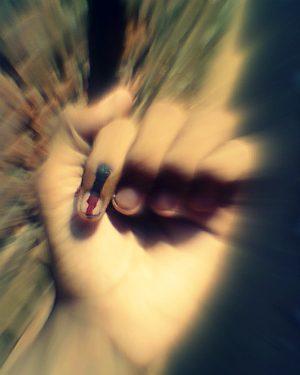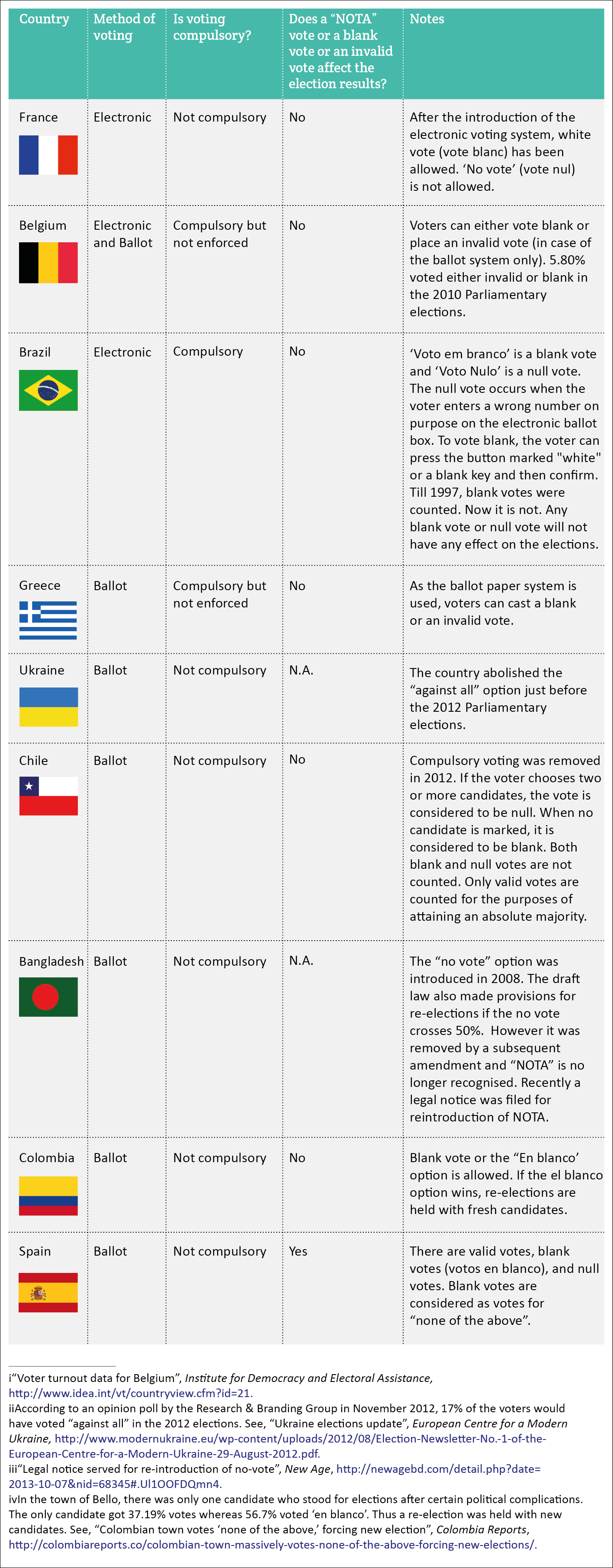 Despite its incontestability, some fascinating prospects emerge for abstention. Firstly, by providing the abstaining electorate with a legitimate platform to cast such a vote, one would allow — even morally persuade — a huge number of potential electors who do not currently participate in the electoral process, to register their presence. This, one hopes, will have practical implications like reduction in bogus voting.
Despite its incontestability, some fascinating prospects emerge for abstention. Firstly, by providing the abstaining electorate with a legitimate platform to cast such a vote, one would allow — even morally persuade — a huge number of potential electors who do not currently participate in the electoral process, to register their presence. This, one hopes, will have practical implications like reduction in bogus voting.
If that possibility seems a tad utopian, one can be forgiven for thinking that a “None of the Above” (“NOTA”) option will at least allow the electorate to reflect on its own motivations. It gives the electorate the ability to gauge, contrast, and project the quantum of disapproval as against approval.
Consider the context. The 2009 General Elections saw 4707 candidates contesting for 541 declared Lok Sabha seats. 768 of those candidates, that is, more than 16%, had criminal records. Eventually, 150 such candidates won from their respective constituencies and are now Parliamentarians, thus marking a conversion rate of around 20% for candidates with criminal records. 300 million voters stayed at home.
There is no way to know how many abstained out of genuine disapproval and how many stayed away due to other reasons. There is no way to know if tainted candidates would have secured as many votes from an electorate incentivised by a right to formally abstain. There is no way to know if abstentions provide any incentive at all. With no scope for empiricism, attempts to address these issues are confined to speculation. Now however, visible results will replace speculation. Interesting data will become available for the negligible expense of adding the NOTA option to EVMs. This in itself is quite an achievement.
The idea of incentives and electoral margins takes us to the related issue of NOTA as a vote katua. Vote katua, in the parlance of central Indian politics, refers to ostensibly insignificant candidates and political parties who do not enjoy enough popular support to garner a majority vote to win a seat; but are popular enough to prompt vote migrations from other candidates’ vote-banks into their own. In turn, these vote-migrations translate into percentage losses and corresponding gains for all candidates in the fray for election, significantly impacting the outcome.
 Undecided voters aside, whether some or all candidates lose a portion of votes to the vote katua or are able to insulate their votebank from its influence depends upon the vote katua’s ability to incentivise voters to make the switch. Astute candidates usually counter such persuasions by tailoring their candidacy suitably through measures such as incorporating the vote katua’s agenda to blur the distinction between them.
Undecided voters aside, whether some or all candidates lose a portion of votes to the vote katua or are able to insulate their votebank from its influence depends upon the vote katua’s ability to incentivise voters to make the switch. Astute candidates usually counter such persuasions by tailoring their candidacy suitably through measures such as incorporating the vote katua’s agenda to blur the distinction between them.
Traditionally of course, vote katuas come in all shapes and sizes. Most are not averse to partisanship and political opportunism; they too indulge in gimmickry and fantastic rhetoric while prioritising short-term electoral gain. The resultant tweaks that they effect in the political discourse therefore, can be as banal and trifling as any.
But the “NOTA” candidacy is a unique vote katua paradigm precisely because it is incontestable and politically inert. It is not swayed by vote-bank sentiments and its appeal does not lie in making arresting promises or meeting an elector’s expectations. Conversely, it lies in the perceived inability of all other candidates (including the “lesser evil”) to honour the expectations of an elector whose faith has all but eroded. In other words, it serves as a reservoir of disapproval or distrust of all candidates. Every vote it garners is evidence of an elector who is not as much disenchanted by the democratic process as she is by its leading agents.
 Seen in this light, political parties will find it a relatively novel, if not tougher, task to reclaim votes deposited under the NOTA candidacy. It will require political innovation that transcends the usual politics practised on fractured vote-banks by most parties, partly in the shared hope that attention will be deflected from pertinent issues of governance, and that electoral expectations will gradually decline amidst a barrage of illusory exchanges and carpet-bagging. Parrying the NOTA threat, one feels, will require greater attention to satisfying the abstaining elector’s expectations — whatever they might be.
Seen in this light, political parties will find it a relatively novel, if not tougher, task to reclaim votes deposited under the NOTA candidacy. It will require political innovation that transcends the usual politics practised on fractured vote-banks by most parties, partly in the shared hope that attention will be deflected from pertinent issues of governance, and that electoral expectations will gradually decline amidst a barrage of illusory exchanges and carpet-bagging. Parrying the NOTA threat, one feels, will require greater attention to satisfying the abstaining elector’s expectations — whatever they might be.
Of course, political deference to electoral margins notwithstanding, there is no gainsaying that some political parties might still abandon the inconvenient pursuit of an abstaining electorate and fail to view NOTA electors as a reclaimable vote bank. Equally, there is nothing to stop our politicians and electors from drowning the voice of the abstentious in the obscure music that accompanies their politics. Others might rightly argue that I am waxing lyrical about an incontestable NOTA candidacy that comes without the electoral incentives that are necessary to attract voters. Still more adept analysts will suggest that the Supreme Court stopped well short or trudged too far down the measured path of judicial engagement.
To conclude however, broadening the spectrum of electoral expressions to allow formal abstentions is significant even if it simply helps consolidate an incontestable position. This is so because formalising abstentions makes the politics of those (few?) who have been assumed up until now to be politically inert, somewhat visible, collectivised, and amenable to new interpretations. Leaving comparatives aside, the fact that collating this data entails almost no additional expense significantly weakens any argument patently against its inclusion. All in all, the Supreme Court has acknowledged the desire of democratic actors to remain perceptibly relevant in their electoral capacity and give it some form.
(Manu Chaturvedi (manuchaturvedi@gmail.com) practices law at the Supreme Court of India.)


